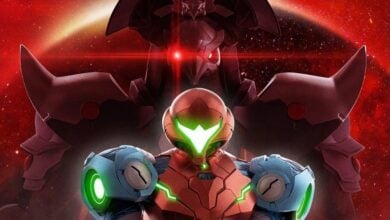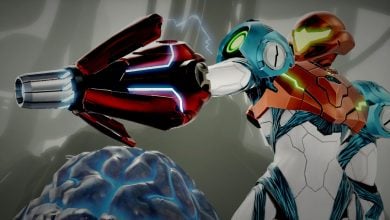Metroid Dread Review
Overall
-
Story And Setting
-
Gameplay
-
Visuals And Performance
Verdict
Metroid Dread combines great story-telling with incredibly smooth gameplay to deliver an unforgettable experience on the Nintendo Switch.
Pros
- Excellent Character Designs.
- Smooth Gameplay And Combat Mechanics.
- Top-Tier Boss Fights.
- Outstanding World Design.
Cons
- Forgettable Soundtrack.
- Mildly Frustrating Puzzles.
- Linear Exploration.
Metroid has always been a genre-defining franchise, giving birth to the Metroidvania genre, which has some pretty sick games such as Hollow Knight and Prince of Persia: The Lost Crown. Metroid Dread is the latest addition to the classic series and might be the best yet. Let’s head into my review of the title to see how it fares up against other Metroid games and how it manages to live up to the mark.
- Developer: Mercury Steam
- Publisher: Nintendo
- Release Date: October 8, 2021
- Platforms: Nintendo Switch
- Game Length: 10-15 Hours
- Time Played: 20+ Hours
Story And Setting
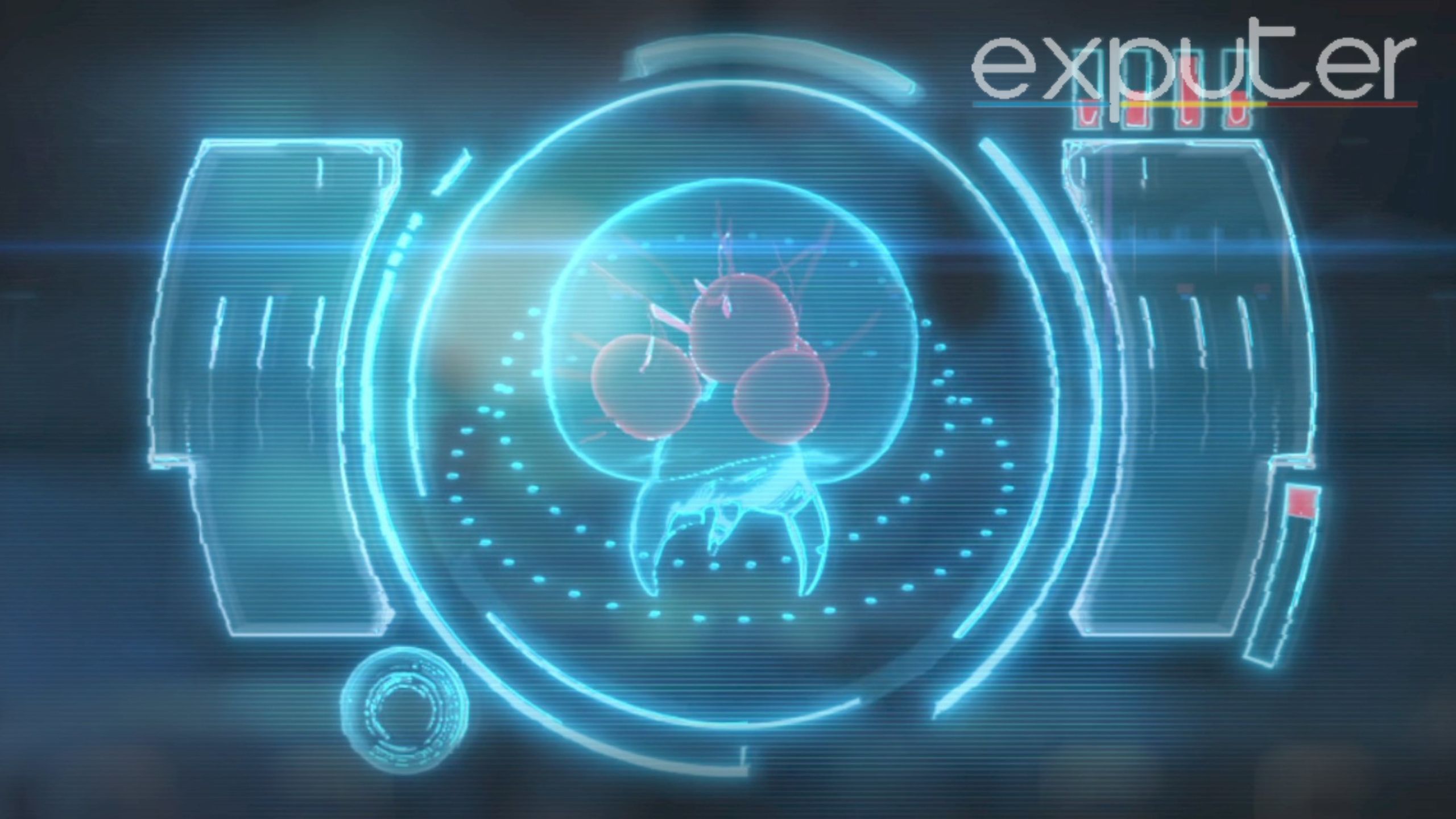
In terms of story, Metroid Dread continues from where Metroid Fusion (2002) left off, following Samus’s journey after she has destroyed SR388, presumably eradicating the X Parasite, a type of organism that threatens the entire universe.
It isn’t an issue if you haven’t played any sequels, as the intro cutscene beautifully explains all the backstory you need to know before getting into the game. That being said, it would drastically improve your experience if you have played at least Metroid Fusion since Dread is a direct sequel.
The game takes place on ZDR, a remote planet that the Chozo once inhabited in the past. Samus finds out that the X Parasite has spread out on ZDR after the federation receives a video from an anonymous sender that shows the X Parasite out in the open, and from there, the game officially begins.
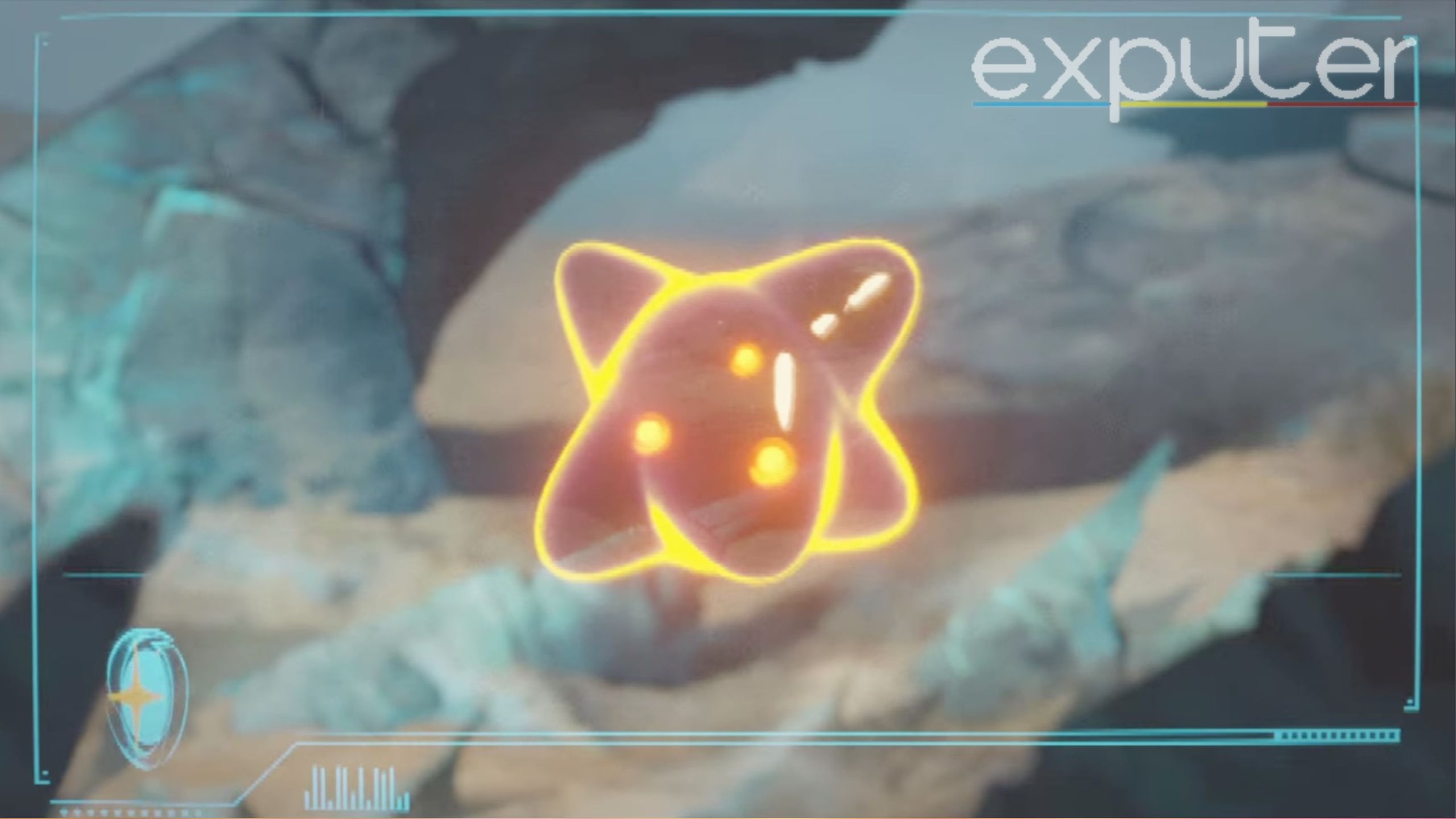
Despite all the build-up during the intro, the story doesn’t immediately shove the X Parasite on your face as you start the game, as you would be expecting. In fact, you don’t encounter the X Parasite at all until much later in the game’s story.
Instead, Metroid Dread builds the world around the player. It lets them know that Samus has a connection to this place since she has the Chozo DNA in her veins by focusing on the remnants of the Chozo civilization on ZDR in the early section of the game.
It isn’t an issue if you haven’t played any past Metroid games, as the intro cutscene beautifully explains all the backstory you need to know before getting into the game.
Unlike most female protagonists, Samus isn’t someone you’d see speaking a lot. I like how, despite not speaking much, Samus can convey so much emotion through her actions alone that the game doesn’t have to show her speaking much at all.
Metroid Dread’s main antagonist, Raven Beek, is also a fascinating and well-written character who is both strong and ruthless but also highly charismatic and ambitious, just as an antagonist should be. Furthermore, Raven Beek is also a quite talkative antagonist with lots of dialogue that would help the player understand what’s going on, sometimes even making up for Samus’s lack of words during their interactions.
Living Up To The Name
As you play through the game, the game’s slightly dreadful and eerie feeling engulfs you as you venture into the unknown. The threat of E.M.M.I. relentlessly chasing you around in some places also adds to the overall dreadful theme. It might not be as frightening as having a clone with all your strongest abilities roaming around destroying everything as it looks for you to hunt down, as it did in Metroid Fusion, but it still has its charm.
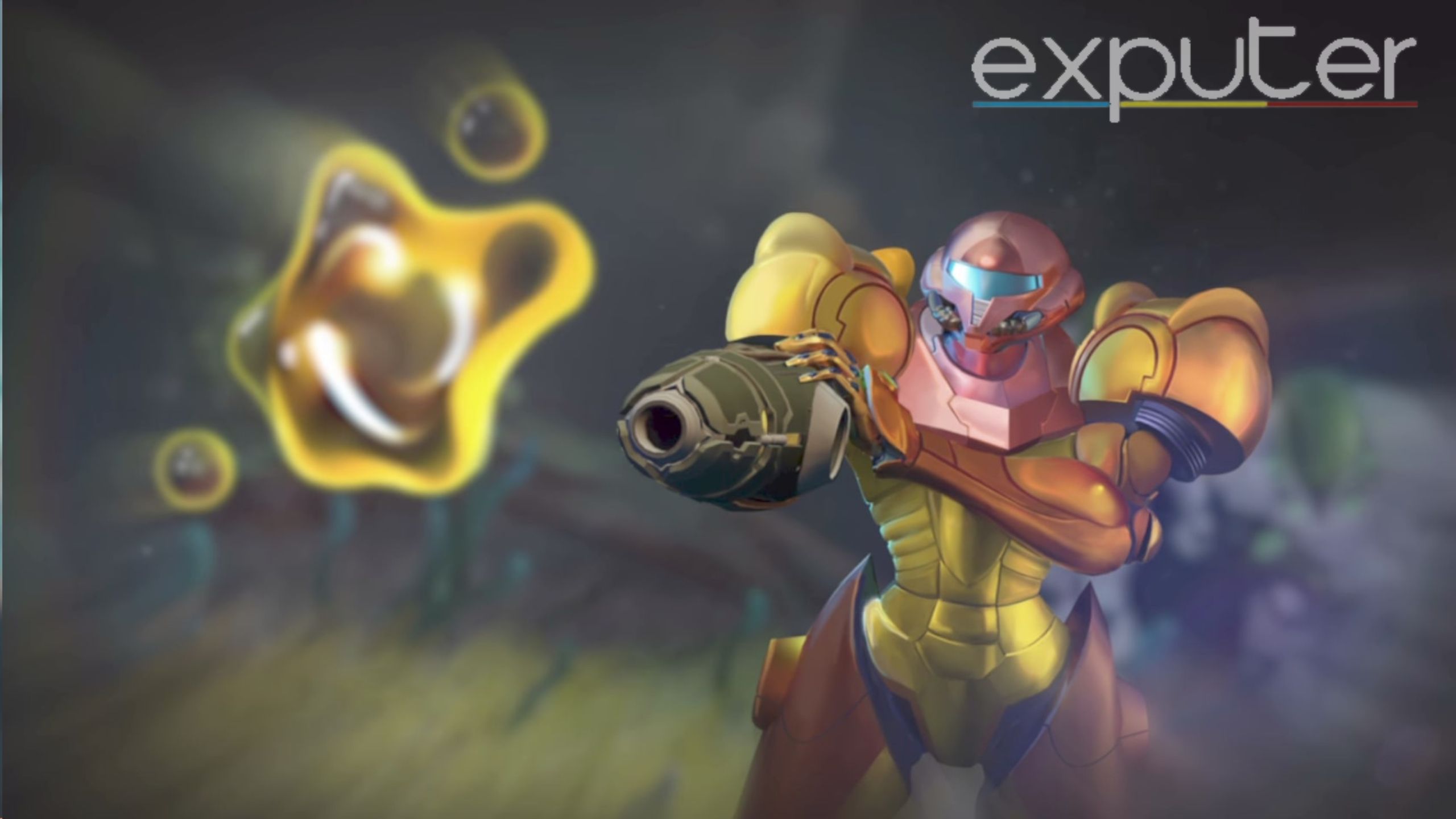
Furthermore, I appreciate Metroid Dread’s storytelling and how it adds to the lore of the Chozo and Samus herself. And, as you play through the game, you’ll come across a few wholesome moments that mirror the events of the past Metroid games.
As you play through the game, you’ll come across a few wholesome moments that mirror the events of the past Metroid games.
But, even if you don’t care much about the lore, the game has plenty of twists and turns to keep you on your toes throughout the story. Once you’ve played through all that, a thrilling ending sequence awaits you that you might not be able to forget easily.
Gameplay
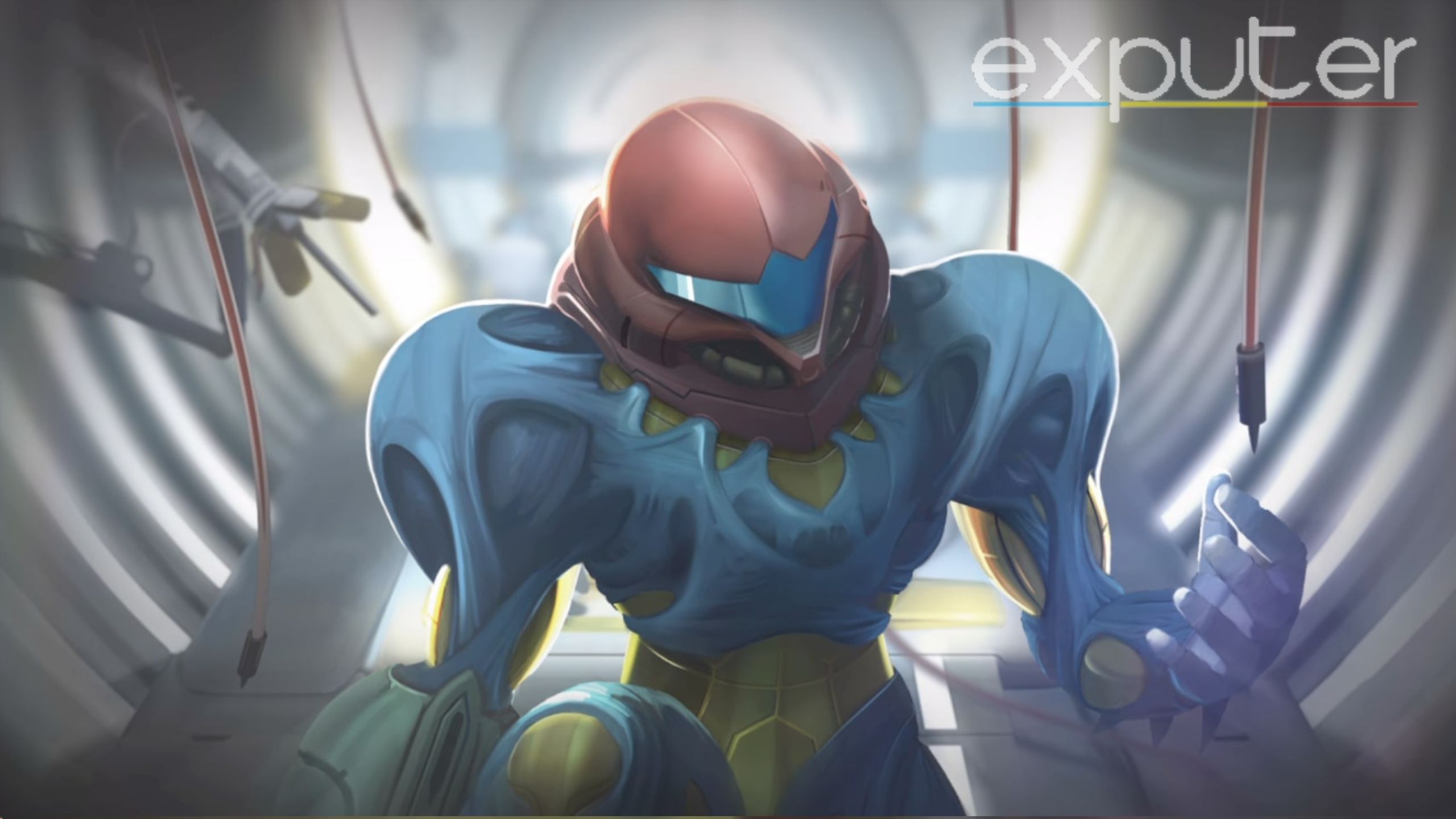
Metroid Dread’s gameplay is quite similar to traditional Metroidvania titles and past Metroid games, but it does feature many improvements. The gameplay is actually super smooth, and the introduction of the parry mechanic adds another layer to the combat.
The game features a fair amount of fun puzzles that can also be pretty annoying. At times, you’ll come across something and be about to pull your hair off, but then you’ll realize the solution was right in front of you, and that sort of thing in games can be very refreshing.
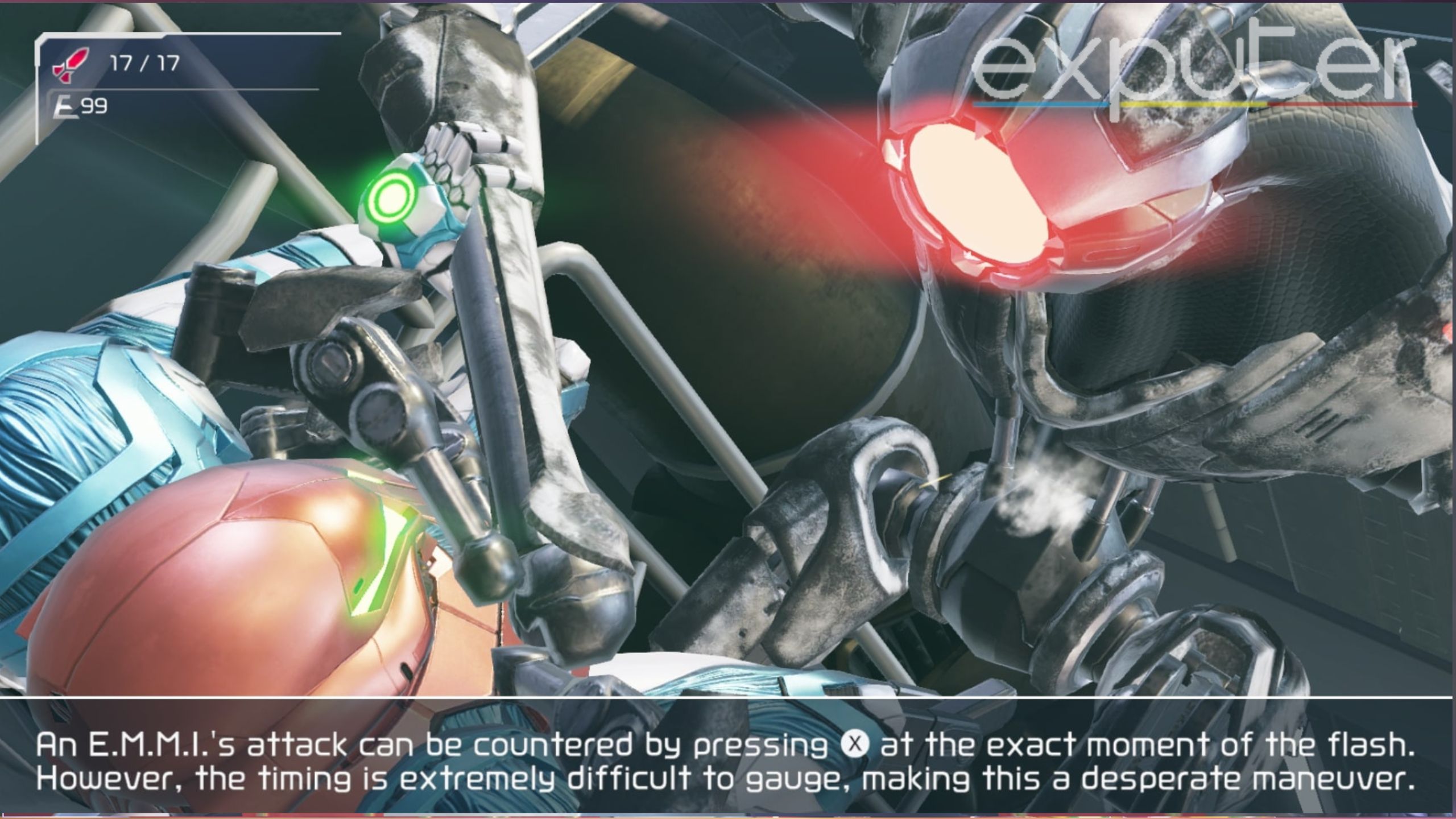
The E.M.M.I sequences are also quite fun and annoying at the same time. I mean, being chased around by the E.M.M.I can be rough, but don’t even get me started on parrying their needle once you get caught since it isn’t half as easy as it sounds.
At times, you’ll come across something and be about to pull your hair off, but then you’ll realize the solution was right in front of you.
One more thing you might wanna be clear on if you’re coming here from past sequels or other Metroidvania titles is that, unlike most of those games, Metroid Dread is super linear in terms of gameplay and exploration. The game points you in one direction and actively prevents backtracking by shutting off areas of the map.
Abundance Of Thrilling Boss Fights
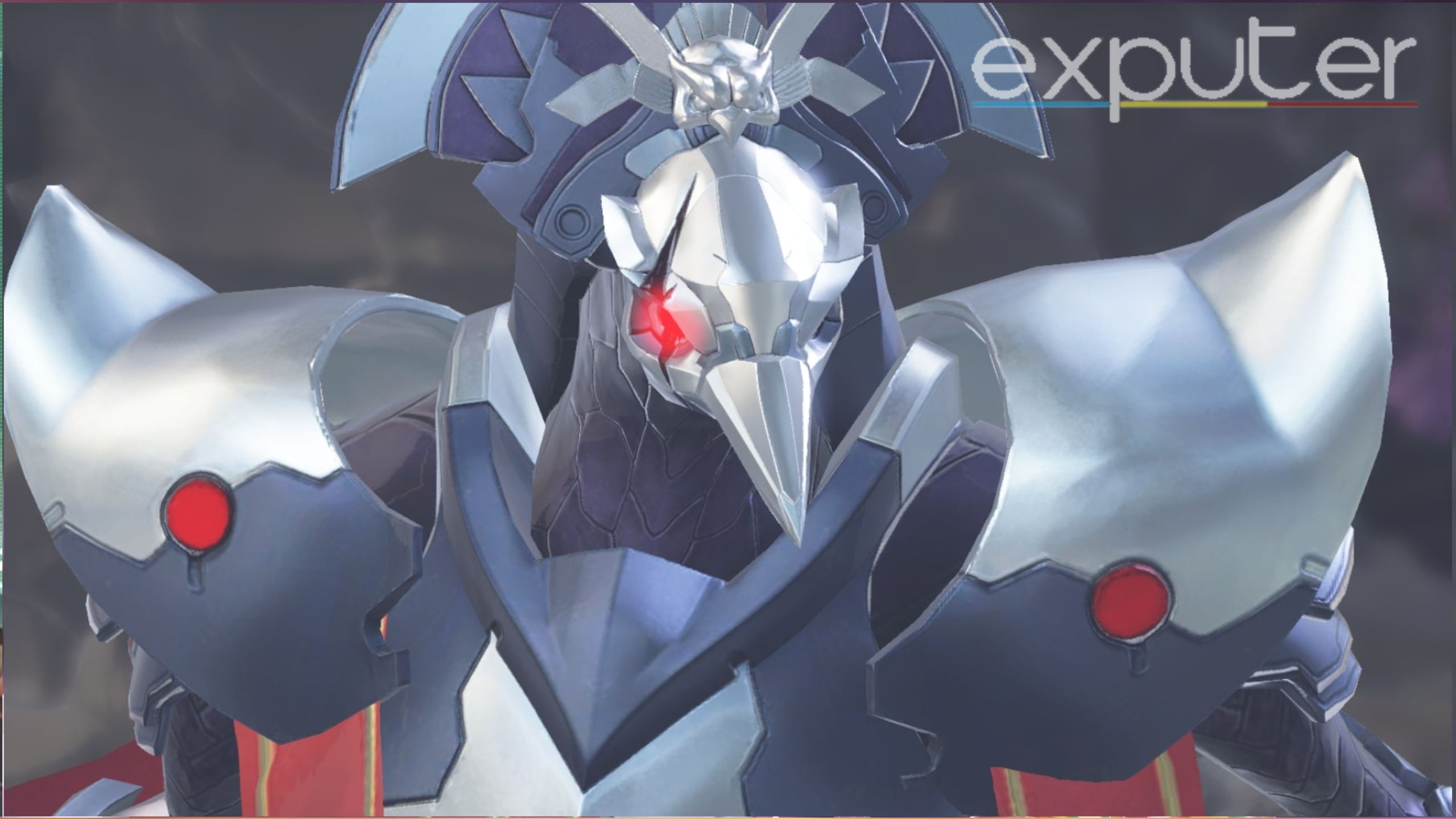
Metroid bosses are always thrilling to fight against, and Dread also lives up to that as well. Hell, I’d even say some bosses reminded me of Hollow Knight because of how challenging they were.
The game reuses some of the bosses, like the Chozo soldiers, repeatedly, and it can be super annoying to fight two of them when you are having trouble against just one. Just when you thought it couldn’t get worse, you’d be forced to fight the same Chozo soldiers, but this time, they have been infected by the X Parasite, and this is something you’d see quite often throughout the game.
Hell, I’d even say some bosses reminded me of Hollow Knight because of how challenging they were.
I spent a good amount of hours on the Raven Beek boss fight, and it made me utilize every single ability and movement the game had taught me so far to beat him convincingly, and I think that’s how final bosses should be in every game. When I was finally done, it was a different kind of satisfaction you don’t get to feel often.
Visuals And Performance

In terms of performance, Dread runs super smoothly on Nintendo Switch. You can feel the difference compared to previous Metroid games as you head into the first area and can finally move around as Samus after the lengthy intro.
The cutscenes are also well-animated and beautiful, but it’s a shame you can only look at them once per playthrough. I would’ve loved to have a gallery feature where you can revisit some of the cutscenes, but unfortunately, there isn’t anything like that in the game.
Metroid Dread features an eerie environmental design, which subtly changes as you progress through the story, complementing the game’s dreadful theme. Paired with the ominous soundtrack, it doesn’t fail to immerse the player into the game.
Verdict
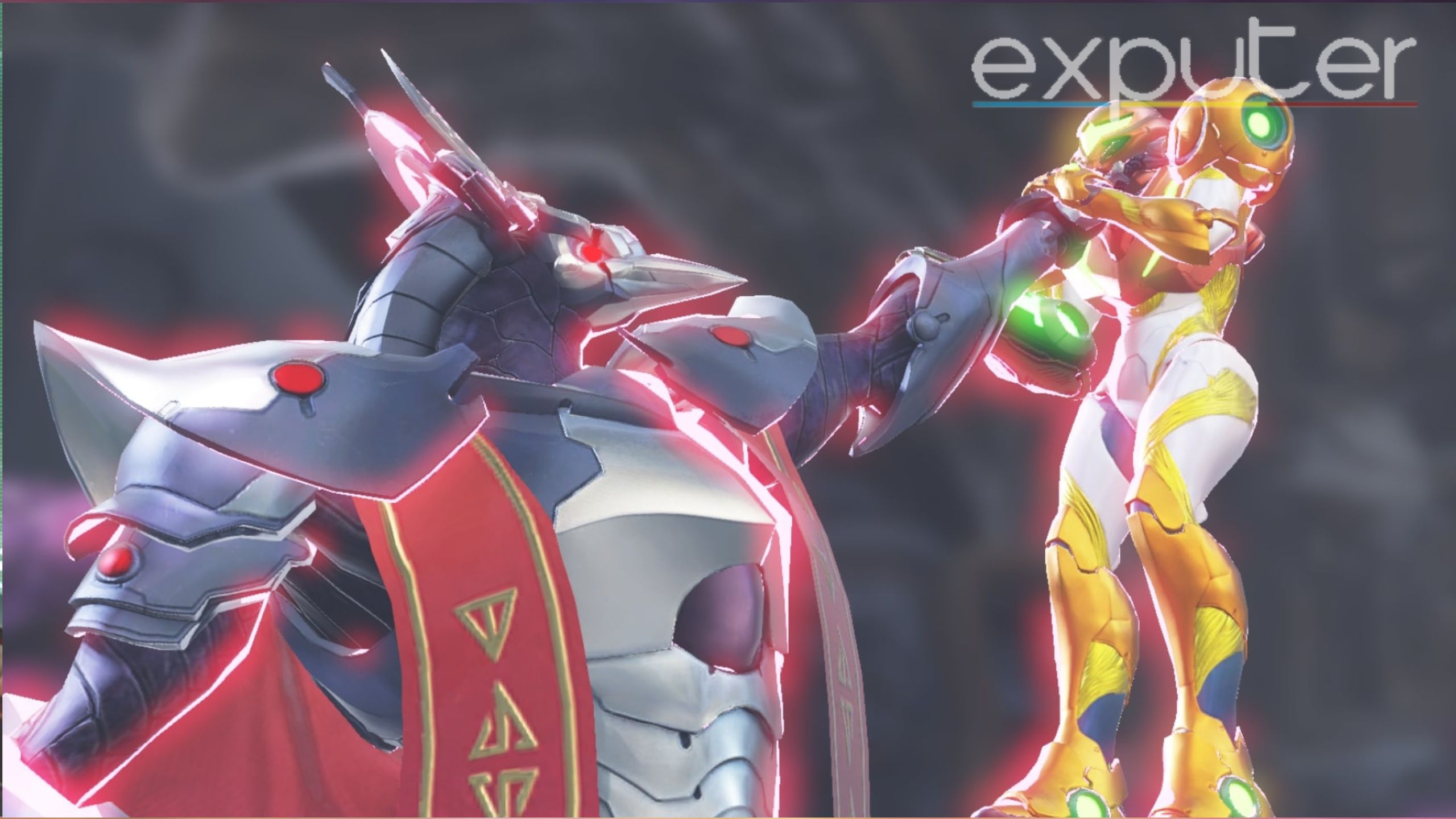
Metroid Dread combines great story-telling with incredibly smooth gameplay to deliver an unforgettable experience on the Nintendo Switch. It immerses the player into the playthrough in multiple ways, making them feel like they’re the ones venturing into the unknown instead of the protagonist, and that sort of approach is only one of the many reasons that make Dread shine so brightly in the Metroidvania genre.
This concludes my review of Metroid Dread. While you’re here, consider checking out some of the other reviews:
- Rocket League Review
- NARAKA: BLADEPOINT Review
- Escape From Tarkov Review
- Marvel’s Guardians of the Galaxy Review
- Balatro Review
- Hollow Knight
- Dead Cells
- Blasphemous
- Prince of Persia: The Lost Crown
Thanks! Do share your feedback with us. ⚡
How can we make this post better? Your help would be appreciated. ✍

